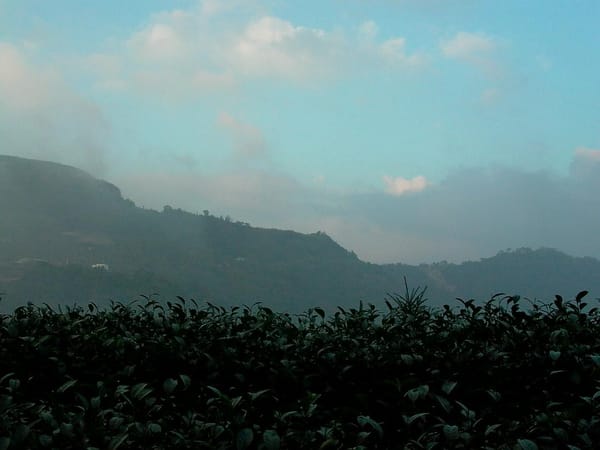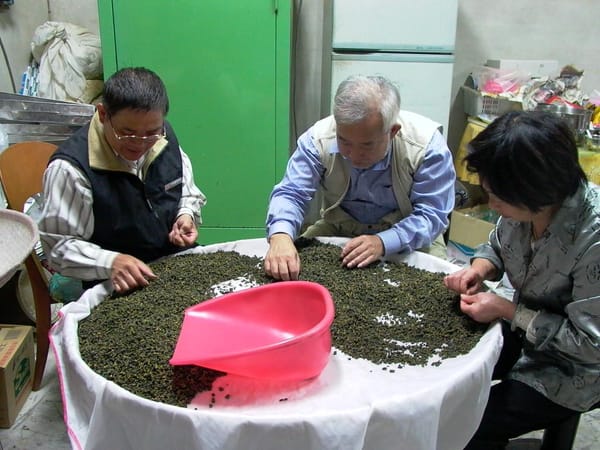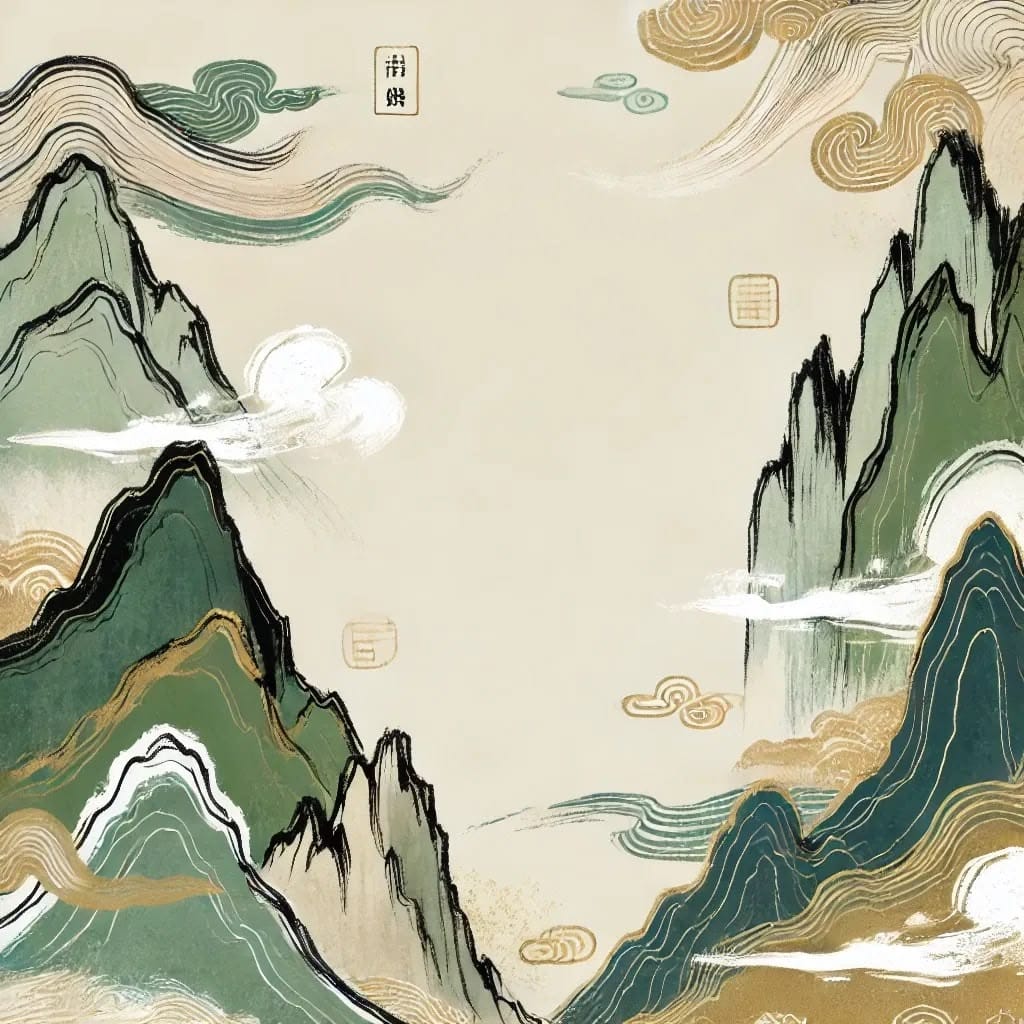When you take a sip of oolong tea, savoring its golden liquor and rich fruity aroma, have you ever wondered about the legendary story behind this captivating drink? From a chance discovery deep in the mountains of Fujian to the dazzling rise of Taiwan’s tea industry, the origins of oolong tea are filled with mystery, cultural lore, and innovation.
This tale begins with a black snake, a tea farmer named Su Long, and a pivotal moment in Taiwan’s tea history. Join us on this journey through time as we unveil how oolong tea evolved from folk legend into a global phenomenon.
The Enchanting Legend of the Black Snake
A well-known folk tale from Fujian tells of a tea farmer in the 17th century—a time when the region was still known only for green tea. One day, while harvesting fresh leaves, the farmer encountered a black snake in the forest. Terrified, he fled, leaving the tea behind.
When he returned and retrieved the tea, he was surprised to find that the leaves had naturally fermented in the open air. Though initially worried about the unexpected change, he was struck by the delightful aroma released from the wilted leaves. After processing the tea, he discovered a bold new flavor profile born from partial fermentation.
To commemorate this fateful encounter, he combined "wu" (black) and "long" (dragon, symbolized by the snake) to coin the name "Oolong Tea." Though the story is mythical, it beautifully illustrates how accidental fermentation led to the birth of this semi-oxidized tea.
Interestingly, the twisted shape of oolong tea leaves also resembles a coiled snake, adding another layer of poetic meaning to its name.
The Innovations of Su Long the Tea Farmer
Another popular story credits the invention of oolong tea to a tea farmer named Su Long from Jianning Prefecture in 18th-century Fujian. Su Long is said to have discovered and successfully transplanted a new tea cultivar, which he also taught others to cultivate.
Several famous varieties—including Ruan Zhi Oolong, Da Ye Oolong, and Xiao Ye Oolong—are believed to be linked to Su Long’s contributions. While these stories are hard to verify, they underscore a pivotal moment in tea history: the evolution from green tea processing to a revolutionary semi-fermentation method.
This innovation not only expanded the diversity of tea types but also laid a vital foundation for future tea development.
Oolong Tea in Historical Records
The exact date of oolong tea’s origin remains debated, but literature offers valuable clues. In 1717, Lu Tingcan, magistrate of Chong'an County, referenced Wang Caotang’s Tea Discourse in Continued Classic of Tea, describing Wuyi tea processing as “stir-fried and roasted.” He wrote: “Tea is picked and aired until the aroma emerges, then stir-fried. Delay or haste ruins it. After frying and roasting, old leaves and stems are removed to achieve uniformity.”
This “half-green, half-red” technique marked the early form of semi-oxidized tea. Similar documentation appears in Ruan Minxi’s Wuyi Tea Song and Anxi Tea Song, and Dong Tiangong’s Wuyi Gazetteer (1751).
Later, Tea Manufacturing Science compiled by Fujian Agricultural University noted that Qing tea—now known as oolong—was developed during the Xianfeng era (1855) as a hybrid of green tea processing methods. It is this “red-green balance” that truly defines a semi-oxidized tea.
The Turning Point in Taiwan’s Tea History
Oolong tea’s arrival in Taiwan marked the beginning of a golden age. In 1869, Scottish merchant John Dodd of Boyd & Co. exported 210,000 jin (around 126,000 kg) of Formosa Tea—oolong—to New York. This marked Taiwan’s first major tea export and a milestone in global recognition.
There are various accounts of how oolong came to Taiwan. Taiwan Tongshi (General History of Taiwan) notes that during the Jiaqing era, a man named Ke Chao returned from Fujian and planted Wuyi tea in Yuching. The success led him to sow more seeds and share them with others, helping establish the cultivation of oolong in Taiwan.
In 1990, Director Wu Zhenduo of the Taiwan Tea Research Institute discovered century-old Ruan Zhi Oolong trees in Dongfeng, Jian'ou, Fujian. He confirmed they were the same variety as Taiwan’s Qingxin Oolong, highlighting the shared botanical lineage between the two regions.
A Quality Revolution: From Hills to Highlands
The development of Taiwanese oolong saw a dramatic shift from northern hills to high mountain plantations. Early tea zones were located at elevations of 600–800 meters in areas like Guanyinshan, Shimen, Sanzhi, and Tamsui—once the benchmarks of Formosa oolong.
By the 1980s, Taiwan embraced high-altitude cultivation. Regions above 1,000 meters, such as Lishan and Dayuling, offered cool temperatures and misty air, slowing leaf growth and enhancing amino acid and aroma compound concentration.
The name “High Mountain Oolong” has a charming origin story: In the 1970s, fruit farmer Chen Jin-Di began growing tea in Lishan. Unsure how to name his product, he simply referred to it based on its location. The term “High Mountain Oolong” stuck and became a signature label.
Scientifically Proven Health Benefits
Modern science confirms that oolong tea offers significant health benefits. It’s rich in polyphenols, amino acids, and trace minerals, contributing to anti-aging and weight management.
Tea trees also accumulate vital minerals like phosphorus, potassium, calcium, magnesium, sulfur, iron, manganese, zinc, and copper—all essential to their biological functions and beneficial to human health.
Thanks to its partial oxidation, oolong tea retains green tea’s freshness while embracing the depth of fermented teas, achieving a perfect chemical balance.
The Cultural Legacy of Oolong Tea
From the black snake legend in Fujian to the high mountain tea gardens of Taiwan, the story of oolong tea reflects a deep cultural heritage and spirit of innovation. Each cup carries centuries of wisdom, artisanal craftsmanship, and the essence of cross-strait tea exchange.
As we savor oolong’s signature “half-green, half-red” taste, let’s remember the tea farmer who stumbled upon fermentation by chance, Su Long’s legacy of cultivation, Ke Chao’s daring transplant, and countless tea artisans who pursued perfection in every leaf. These stories infuse each sip with historical richness and cultural warmth.



